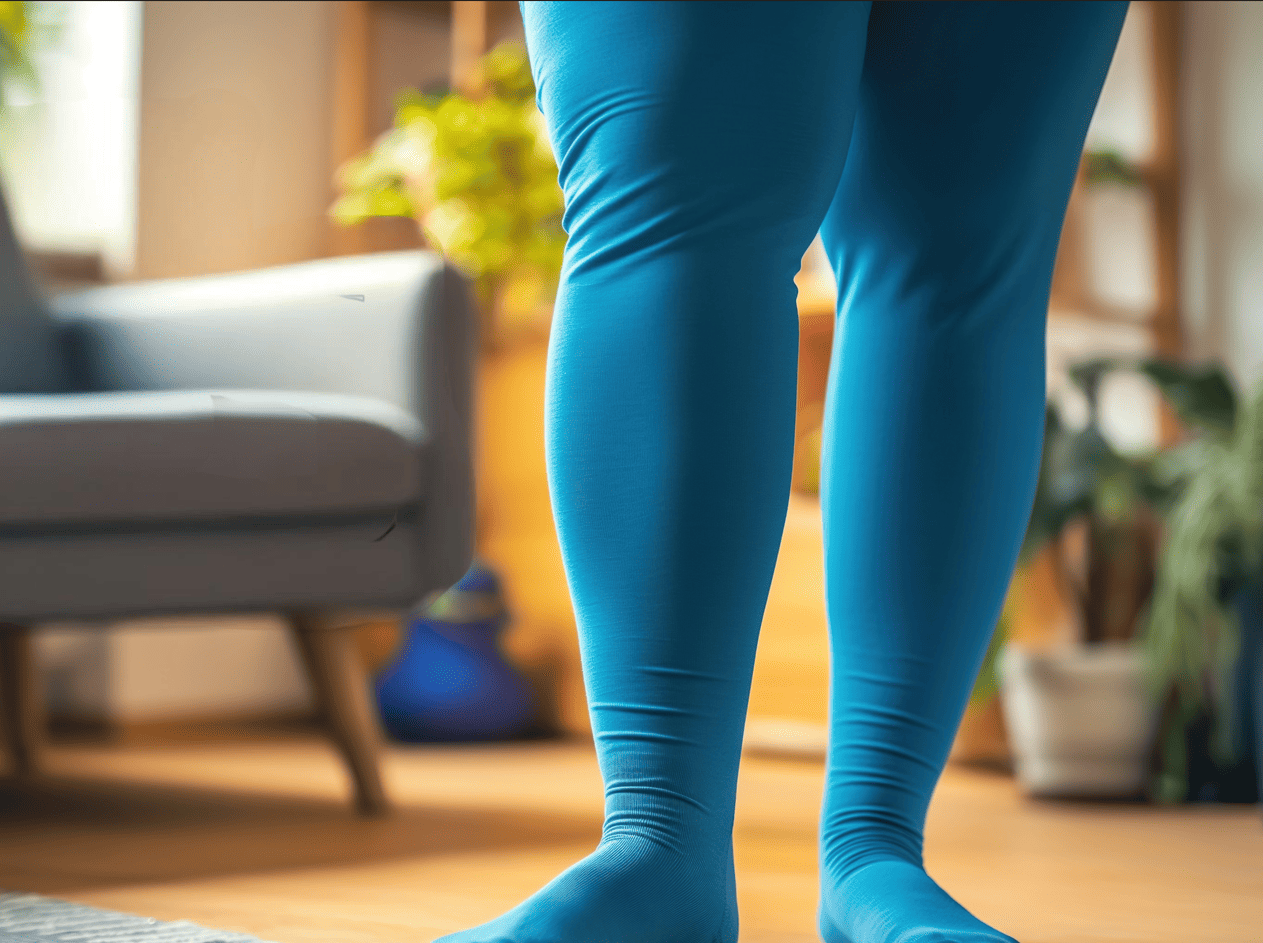Stages of Lipoedema & Treatment Options | Dr. Purbey’s Expert Care
Facebook Twitter Youtube +44 7356 058966 Facebook Twitter Youtube +44 7356 058966 Home Vaser Liposuction Lipoedema Gynecomastia Skin Health Before & After Customer Testimonilas Blog About Us Contact Us X Home Vaser Liposuction Lipoedema Gynecomastia Skin Health Before & After Customer Testimonilas Blog About Us Contact Us X Facebook Twitter Youtube +44 7503 529660 Home Vaser Liposuction Lipoedema Gynecomastia Skin Health Before & After Customer Testimonilas Blog About Us Contact Us X How Much Weight Can You Lose With Vaser Liposuction ? Stages of Lipoedema: Understanding Progression and Treatment Lipoedema is a chronic disease that mainly affects women with an abnormal accumulation of fat in particular parts of the body, most notably the legs, hips, and sometimes arms. Although it is so common, lipoedema is misinterpreted as well as misdiagnosed several times; hence treatment gets delayed and patients suffer unnecessarily. Knowledge about stages lipoedema will help facilitate early diagnosis along with effective management. This blog will discuss the stages of lipoedema and treatments available at each level. What Is Lipoedema? Lipoedema is a medical condition that denotes symmetrical localized fat deposition under the skin, usually associated with pain, tenderness, and easy bruising. Lipoedema fat differs from ordinary fat in that it is resistant to diet and exercise. The onset or exacerbation of the condition is typically associated with hormonal changes occurring at puberty, during pregnancy, or at menopause. Although the cause is deemed unknown, a genetic predisposition is frequently noted. The Four Stages of Lipoedema Lipoedema is a progressive disorder that takes four different stages, each characterized by unique symptoms and challenges. Awareness of the stages can help an individual to get timely medical advice and make adjustments to the treatment plan. Stage 1: Early Lipoedema The skin is initially smooth, but with time, there is an increased deposit of fat in the affected regions, which include the thighs, hips, and buttocks. Fat deposition is symmetrical. The swelling may increase during the day but usually subsides when the patient rests and elevates the affected limbs. At this stage, the condition can be easily misdiagnosed as simple weight gain or obesity. Symptoms: Smooth skin, mild swelling, and tenderness. Treatment Options: There are several treatments that can help you manage the symptoms and slow the progression. They include the use of compression therapy, manual lymphatic drainage (MLD), and living a healthy lifestyle. Stage 2: Moderate Lipoedema The skin then becomes dimpled or irregular as in cellulite. The subcutaneous tissue becomes more fibrous and nodular. The swelling is more persistent and responds less to rest or elevation. Symptoms include: skin texture irregularity, persistent oedema, and aggravation of pain or tenderness. Treatment Options: Patients can also be helped by special physiotherapy and dietary adjustments in addition to compression therapy and MLD. Surgical options, including liposuction, can further alleviate the excess fat and enhance mobility. Stage 3: Advanced Lipoedema In the advanced stage, the fat deposits become larger and more pronounced, thereby altering the body contour significantly. The skin may also become sclerotic and mobility may be severely restricted. The oedema is persistent and does not subside on resting. This stage affects the quality of life quite significantly, both physically and emotionally. Symptoms: Hardened skin, large fat deposits, and limited mobility. Treatment Options: At this stage, excess fat is often removed with liposuction, especially VASER liposuction, which also offers relief from symptoms. Compression garments along with MLD remain vital in the follow-up care and continuing management of the patient. Stage 4: Lipo-Lymphoedema If untreated, lipoedema can progress to lipo-lymphoedema, where the lymphatic system gets compromised. Then, extreme swelling occurs along with hardening of the tissues, and infections become frequent. Patient’s mobility is significantly impaired and becomes debilitating later on. Symptoms: Severe swelling, hardened tissues, and frequent infections. Treatment options: It is important to realize that a combination approach with liposuction, lymphatic drainage, and medical treatment is an integral part of therapy. Patients might also need the help of a multidisciplinary team including physiotherapists and dietitians. Why Early Diagnosis Matters An early diagnosis of lipoedema makes a world of difference in management and prevention of complications. One should seek specialist advice if there is persistent swelling, tenderness, or disproportionate fat distribution. The detailed clinical assessment involves the examination of the medical history as well as physical examination, which will confirm the diagnosis. Treatment Approaches for Lipoedema Even though lipoedema cannot be cured, various treatment options such as the ones mentioned above could help manage symptoms and thus improve one’s quality of life. Compression Therapy: Compression therapy focuses on compression garments which work towards reducing swelling and enhancing circulation. Manual Lymphatic Drainage (MLD): This specialized technique of massage promotes lymphatic movement and the accumulation of fluid. Diet and Exercise: Although lipoedema fat is resistant to losing weight, a healthy lifestyle helps in managing overall health and prevents further complications. Liposuction: This surgical procedure removes excess fat. Advanced techniques such as VASER liposuction offer remarkable relief and enhance mobility. Why Choose Dr. Purbey for Lipoedema Treatment? At Dr. Purbey’s clinic, we understand the physical and emotional challenges of living with lipoedema. Dr. Purbey is an expert who has years of experience in advanced surgical techniques, including VASER liposuction for lipoedema suppression and treatment. He offers one-to-one care that is personalised according to your specific needs. With a patient-centred approach, we make sure that you receive the highest standard of treatment from diagnosis through recovery. Understanding the stages of lipoedema marks the beginning of managing this condition. Professional guidance is available to those who can regain control and quality of life, whether in early stages or symptoms at an advanced level. If you think you might have lipoedema, then don’t wait to make it severe, rather get on a call with us today to book your consultation and take the first step towards a healthier, more confident you. In summary, to self-diagnose lipoedema, one needs to go through these steps that help pinpoint the distinctive symptoms associated with it. You self-examined yourself and noted the swelling, tenderness, and



